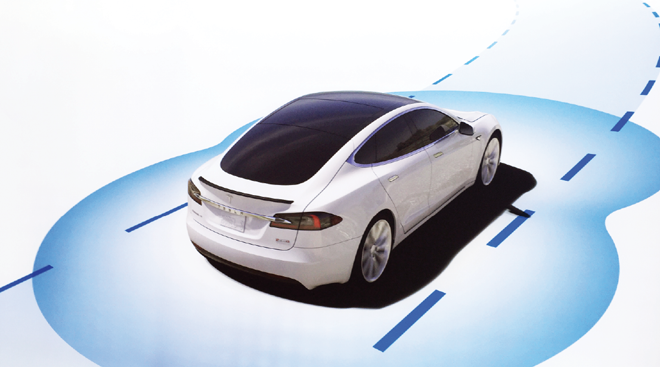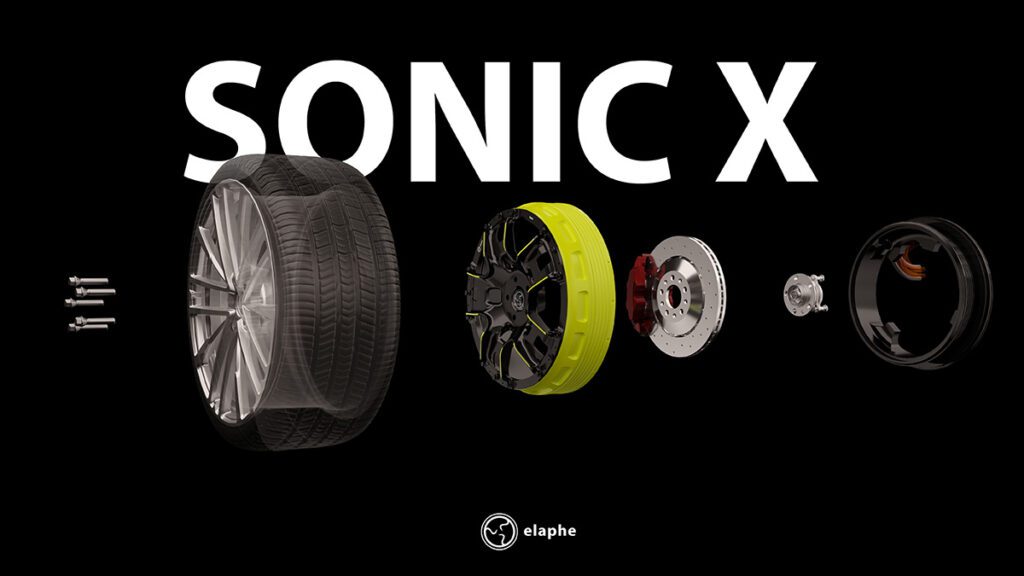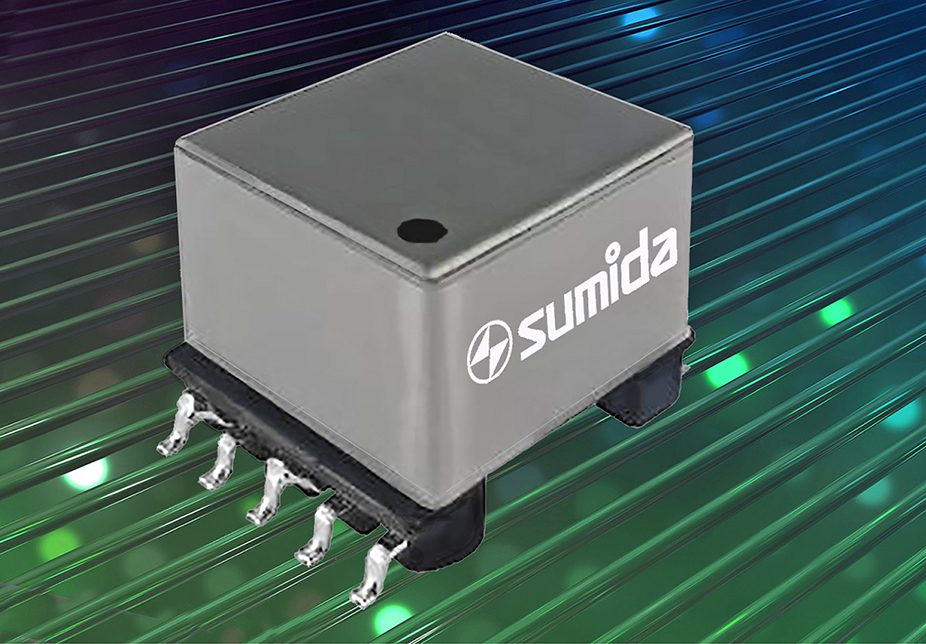The recent tragedy involving an Autopilot-equipped Model S has focused the world’s attention on the rapidly advancing field of vehicle autonomy. It’s widely assumed that Tesla is hard at work revamping Autopilot to make it better and safer. But in fact, the Disruptors of Detroit have been incrementally improving their autonomy technology on a continuous basis.
Tesla introduced the hardware that enables Autopilot in late 2014, as part of the D package. A year later, it released a major software update that added features such as Autosteer and Autopark. Now the Seers of Silicon Valley are believed to be preparing a new set of hardware upgrades that everyone is calling Autopilot 2.0. “What we’ve got will blow people’s minds, it blows my mind,” teased Elon Musk. “It’ll come sooner than people think.”
Now Electrek says it has gleaned some concrete information on the second-generation hardware.
According to “sources with knowledge of the Autopilot program,” the new suite will add more radar sensors to the current front-facing one, perhaps an additional sensor in each corner. Elon Musk has already expressed a preference for radar over lidar, because of radar’s ability to see through rain, snow, fog and dust. Electrek’s source doesn’t expect lidar to be part of Autopilot 2.0.
The system is also expected to include a new camera system, which may be based on Mobileye’s Front-facing Trifocal Constellation, which features a main 50° field of view (FOV) camera for general inputs, a narrow camera with a 25° FOV for redundancy in object detection, lanes and traffic lights, and a fisheye 150° FOV camera for parallel lanes, lane cutting, cyclist and pedestrian detection.
Tesla and Mobileye recently announced an end to their supply agreement, as Tesla said it wants to bring more of the development of Autopilot components in-house.
Several Autopilot 2.0 hardware components appear to already be incorporated into cars now on the production line, including wiring harnesses and the housing for the triple camera system on the rearview mirror cutout.
Source: Electrek

















































































